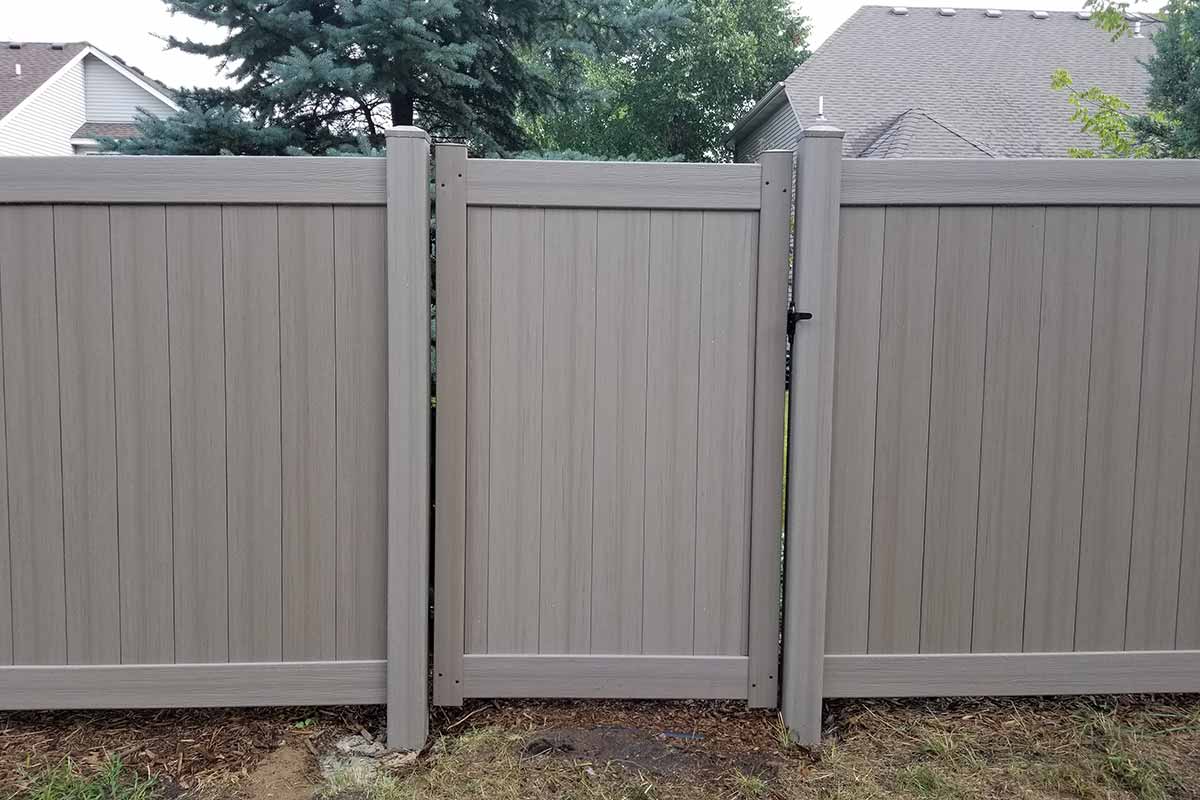World’s first 3D printed steel bridge opens over Amsterdam canal
You might have read of 3D movies and paintings, but would you dare wander on a 3D steel printed bridge? Amsterdam installed the world’s 1st, constructed to withstand hefty pedestrian targeted visitors.
The bridge, which is open to pedestrians and cyclists, was designed by the Imperial College or university London and took far more than 4 yrs to make, according to a information launch. The bridge was publicly unveiled by Queen Máxima of the Netherlands.
The virtually-40-foot construction weighs 4.9 tons and will be meticulously monitored using mounted sensors. The creators will observe the bridges structural condition and general public conversation, in accordance to the launch. The data collected from the sensors will be transferred to a digital model of the bridge, which will mimic the actual physical a person. This way, creators can check the effectiveness of the bodily bridge from the digital one.
The influence of tech:How technological innovation is transforming the sport of golf
3D spectacle:A large 3D cat sits on 1 of Japan’s major billboards
The bridge was mounted above the Oudezijds Achterburgwal canal in Amsterdam’s Red Light District and was unveiled July 15.
“A 3D-printed metal structure big and solid sufficient to manage pedestrian site visitors has never been manufactured in advance of. We have tested and simulated the framework and its components throughout the printing system and upon its completion, and it’s fantastic to see it ultimately open up to the community,” Imperial co-contributor professor Leroy Gardner of the Department of Civil and Environmental Engineering said in the release.
The bridge was developed employing 4 industrial robots and took about 6 months of printing. Managed by Dutch company MX3D, robots used welding torches to cement each printed layer of the bridge, in accordance to the release.

To just take the bridge from an thought to a walkway, the Imperial College’s Steel Constructions Study Team conducted damaging drive-testing on printed factors, true-earth testing on the walkway and investigation on the progress of an highly developed sensor network, in accordance to the launch.
“3D printing presents extensive options for the development field, providing substantially bigger flexibility in phrases of material qualities and styles,” Gardner mentioned. “This independence also brings a range of worries and will call for structural engineers to assume in new means.”
Abide by Gabriela Miranda on Twitter: @itsgabbymiranda


